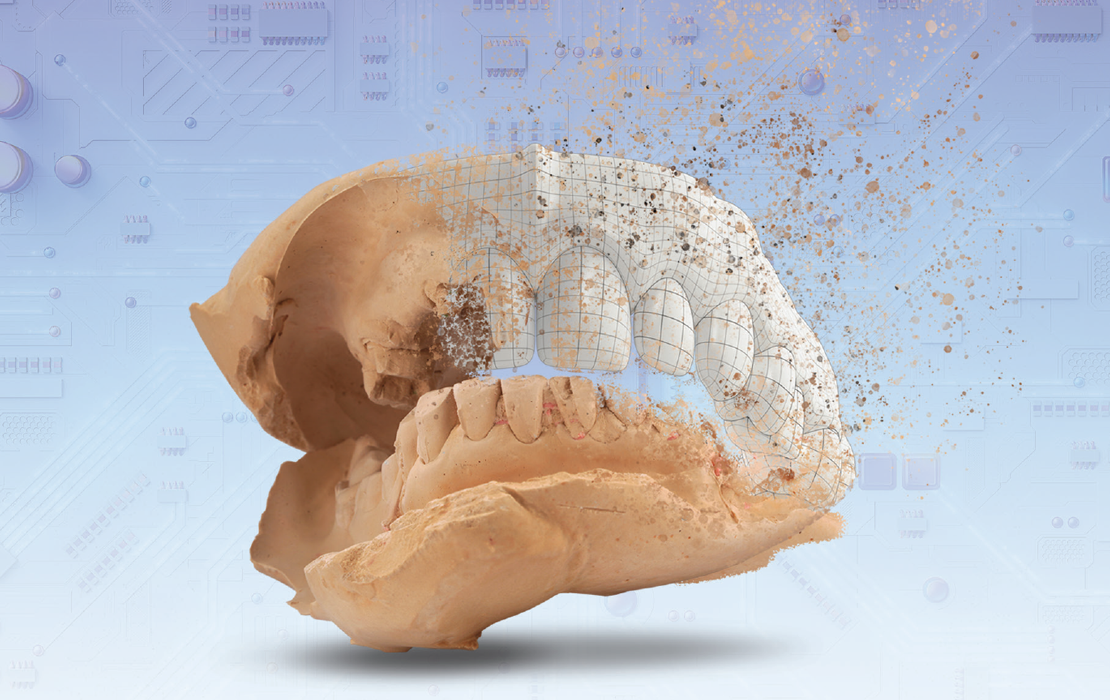Forsyth Friday: New antibodies may aid diagnosis of gum-linked systemic diseases
Editor's note: Researchers at the ADA Forsyth Institute have taken an important initial step toward a potential diagnostic strategy for periodontitis and related systemic diseases. While further research and clinical validation are necessary, this advancement may help pave the way for new therapeutic approaches to managing periodontitis.
Connection to systemic diseases presents a major concern about periodontal disease, also known as gum disease. Systemic diseases related to gum disease include Alzheimer’s disease, cardiovascular disease, and diabetes.
Infections that begin in the gums can lead to virulence factors traveling to other parts of the body, setting off immune responses that spur systemic diseases.
With these systemic chain reactions in mind, ADA Forsyth researchers made the first step in a potential diagnostic strategy for periodontitis and systemic diseases that have been linked to it. Though more scientific exploration and clinical testing is needed, it could also help in the development of therapeutic strategies for periodontitis.
ADA Forsyth staff scientist Dr. Manda Yu, postdoctoral fellow Dr. Hyunyoung Kim, and graduate scholar Dr. Christina Rothenberger, working under ADA Forsyth Professor Dr. Mary Ellen Davey, recently published research identifying a host evasion mechanism related to periodontitis.
In the scientists’ paper, published in American Society for Microbiology, they identify antibodies that recognize particles released from the pathogen known for its role in periodontitis – Porphyromonas gingivalis (P. gingivalis).
“We started this project at the beginning of 2024, and this early finding gives us something to build on for identifying a way to track a virulence factor released by periodontitis-related bacteria,” said the corresponding author Dr. Yu. “There is still a lot of work ahead of us in developing diagnostic and therapeutic applications, but these findings are a strong start.”
Outer membrane vesicles (OMVs) are nanoparticles which carry proteins or other cargo. In severe periodontal disease, P. gingivalis-derived OMVs have been suggested to enter the bloodstream and travel to other parts of the body, where they can release harmful enzymes called gingipains. Gingipains break down host proteins and help evade the immune system. In the brain, detection of gingipains has been linked with incidence of Alzheimer’s disease.
As part of their study, the AFI scientists identified immunoglobulin M (IgM) antibodies – the body’s initial defense against pathogens – that target the OMVs of P. gingivalis. They also found that the IgM antibodies bind to the sugar molecules (glycans) of OMVs. The IgM antibodies could be helpful in diagnosis of periodontitis-related diseases.
The IgM antibodies recognize a glycan modification specific to P. gingivalis that a human cell would be unable to produce.
“By tracking these specific glycan-carrying OMVs, we can observe whether OMVs travel from pathogenic bacterial biofilms to other parts of the body and where they go,” said Dr. Kim, the paper’s first author.
A potential therapeutic concept would involve activation of the human body to produce antibodies against P. gingivalis-derived OMVs. However, plenty of work remains ahead in developing a therapeutic strategy.
Drs. Davey, Yu, and Kim look forward to using this pathway to find ways to treat periodontal disease and its progression throughout the human body.



